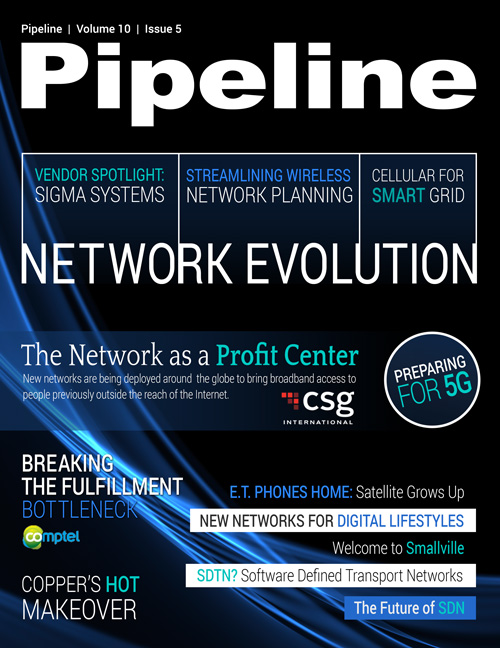Taking a Lifestyle Approach to Connected Services
The second phase will be next-generation virtualized services, which will invite virtualization, sophisticated flow management and orchestration activity. Virtualized functions will drive efficiencies and create more agile service-delivery capabilities.
Third will be a mobile-social phase that brings more subscriber and service awareness to networks via sophisticated mobile-policy gateways, elastic charging systems and analytics. An important part of this phase will involve extending policy and charging control to mobile devices.
The fourth and final phase will culminate with thinking networks, in which network-event detection and policy-directed SDN control become possible. Intelligent control will extend visibility, seamlessly linking network, application and subscriber events to create and deliver truly personalized services. Additionally, there will be “adaptive performance” through end-to-end service visibility and control.
The optimal “connected experience” will happen when CSPs can accommodate all the variations of each customer, each device, each network-policy rule, each QoS requirement, and each billing and charging arrangement—all within an intelligent, virtualized control layer that becomes the heart of an evolution toward elastic, software-defined networks that are built to improve capital efficiency.
Operators will need a well-thought-out approach to evaluating which pieces of infrastructure they have, which ones they need and what they can leverage for digital lifestyle services and the digital-lifestyle enablement of business customers. For example, which pieces of customer engagement, business operations, service control, network control, and end-user applications do they have, and how will they leverage them to get what they need?
The answer will be a blend of commercial, off-the-shelf (COTS) hardware and software to support virtualization that has the flexibility to assign virtual network functions to any hardware in the resource pool. Likewise, CSPs have to keep scalability in mind, which entails decoupling functionality from location, thus allowing software to be located at the most appropriate places (e.g., on customers’ premises, at network points of presence or in central offices or traditional data centers).
As this evolution is carried out, virtualized resources can be segmented to support time-of-day reuse, tests of alpha/beta and production versions of products, enhanced resilience, and further sharing of resources.
At that point the following can be achieved:
- rapid service innovation through software-based service deployment;
- improved operational efficiencies resulting from common automation and operating procedures;
- reduced power usage, achieved by migrating workloads and powering down unused hardware;
- standardized, open interfaces among network functions and their management entities.
When the rudiments of thinking networks fall into place, helping CSPs to successfully deliver and enable personalized mobile-data services, those operators can then scale with subscriber, application and data growth to offer compelling, profitable and contemporary digital lifestyle services.



















